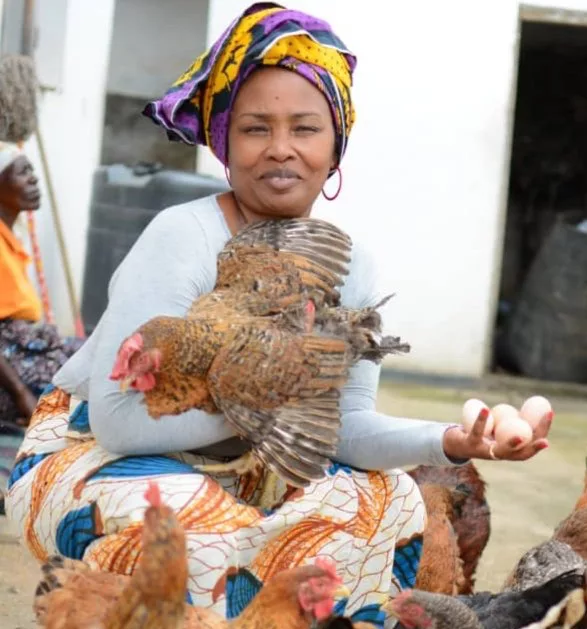An estimated 820 million people did not have enough to eat in 2018, up from 811 million in the previous year.
“Our actions to tackle these troubling trends will have to be bolder, not only in scale but also in terms of multisectoral collaboration,” said the leaders of the United Nations’ Food and Agriculture Organization (FAO), the International Fund for Agricultural Development (IFAD), the UN Children’s Fund (UNICEF), the World Food Program (WFP) and the World Health Organization (WHO) in their joint foreword to the report.
The pace of progress in halving the number of children who are stunted and in reducing the number of babies born with low birth weight is too slow, which also puts nutrition targets further out of reach, according to the report.
At the same time, adding to these challenges, overweight and obesity continue to increase in all regions, particularly among school-age children and adults.
The chances of being food insecure are higher for women than men in every continent, with the largest gap in Latin America.
Hunger is increasing in many countries where economic growth is lagging, particularly in middle-income countries and those that rely heavily on international primary commodity trade.
“We must foster pro-poor and inclusive structural transformation focusing on people and placing communities at the center to reduce economic vulnerabilities and set ourselves on track to ending hunger, food insecurity and all forms of malnutrition,” the UN leaders said.
Africa has the highest rates of hunger in the world and it is continuing to slowly but steadily rise in almost all subregions. In Eastern Africa in particular, close to a third of the population (30.8%) is undernourished. In addition to climate and conflict, economic slowdowns and downturns are driving the rise.
The largest number of undernourished people (more than 500 million) live in Asia, mostly in southern Asian countries.
This year’s report introduces a new indicator for measuring food insecurity at different levels of severity: the prevalence of moderate or severe food insecurity. This indicator is based on data obtained directly from people in surveys about their access to food in the last 12 months, using the Food Insecurity Experience Scale (FIES). People experiencing moderate food insecurity face uncertainties about their ability to obtain food and have had to reduce the quality and/or quantity of food they eat to get by.
The report estimates that over 2 billion people, mostly in low- and middle-income countries, do not have regular access to safe, nutritious and sufficient food. But irregular access is also a challenge for high-income countries, including 8% of the population in Northern America and Europe.
Source: WORLD-GRAIN.COM






